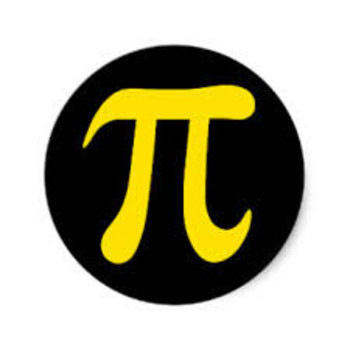How can we find square root of #34.667895#?
2 Answers
Explanation:
As
Here first pair is
Now with a remainder of
Now recall we had brought as divisor
We continue to do this till we have desired accuracy. If numbers end, we can go on adding
Hence
If you want more accuracy, you can bring down next pair of
Explanation:
The manual calculation of square roots is a long and complicated process, especially in grade 6 and with such an uncomfortable number.!!
My guess is that it is the idea of what a square root is, that is more important here....
The square root of a number is another number, which, when multiplied by itself gives the original number.
Numbers which have an exact square root are called square numbers.
Most numbers do not have an exact square root. The simplest way to do those calculations is to use a calculator.
In your example, we need to find out:
We can see that it is going to be a number between
Using a calculator we find:
This answer goes on and on and on and will never make a pattern.
It would be enough to give the answer as
Checking:

